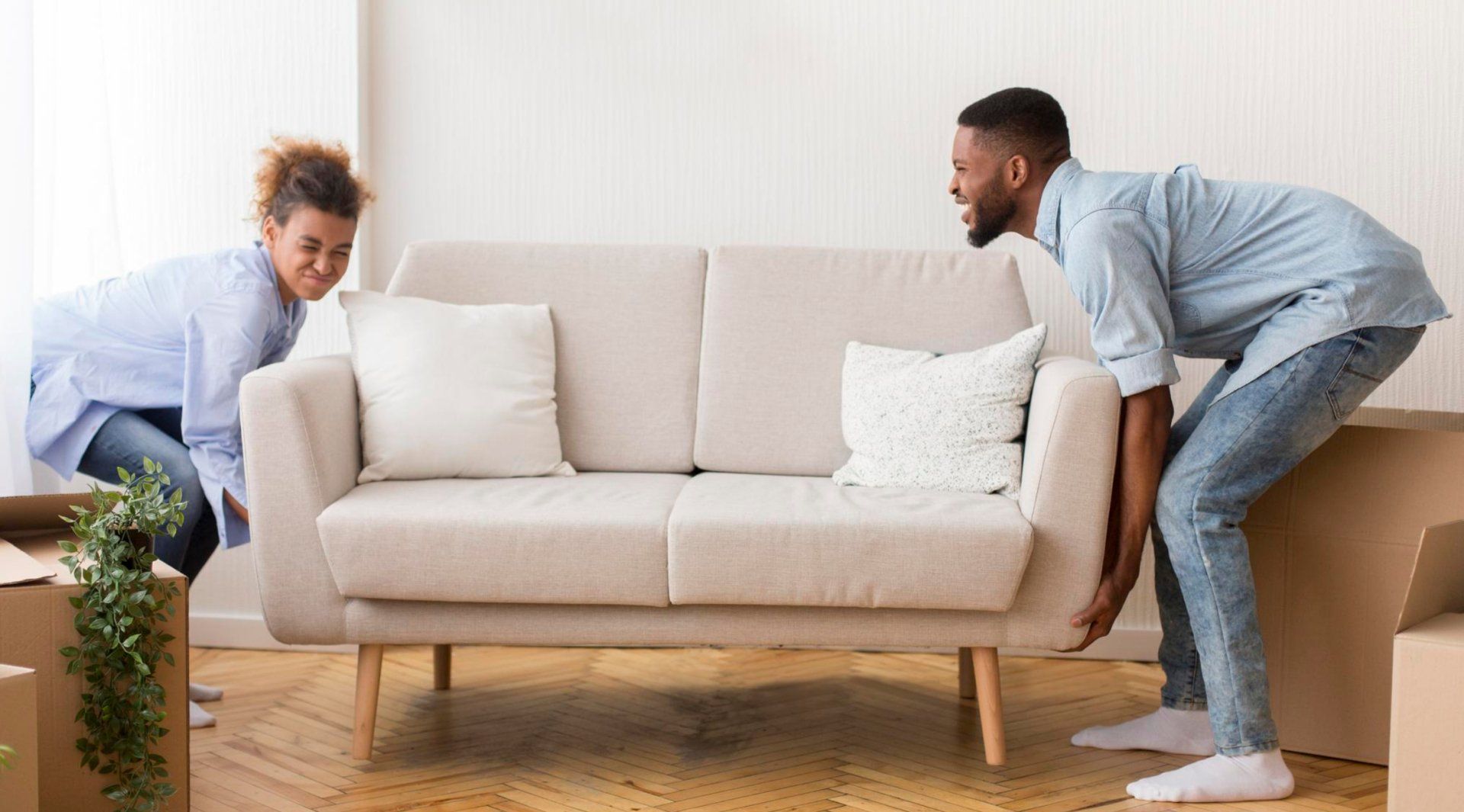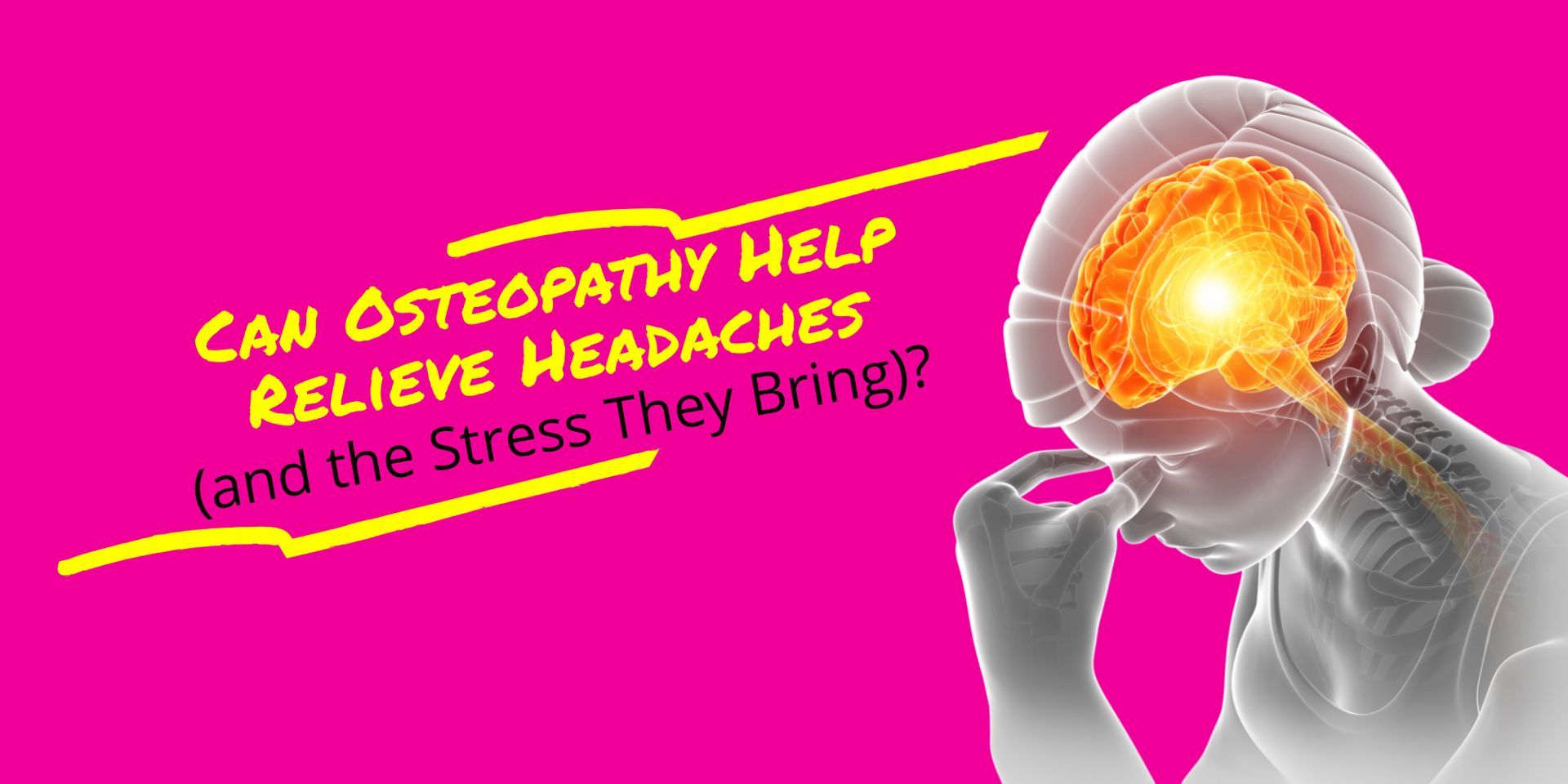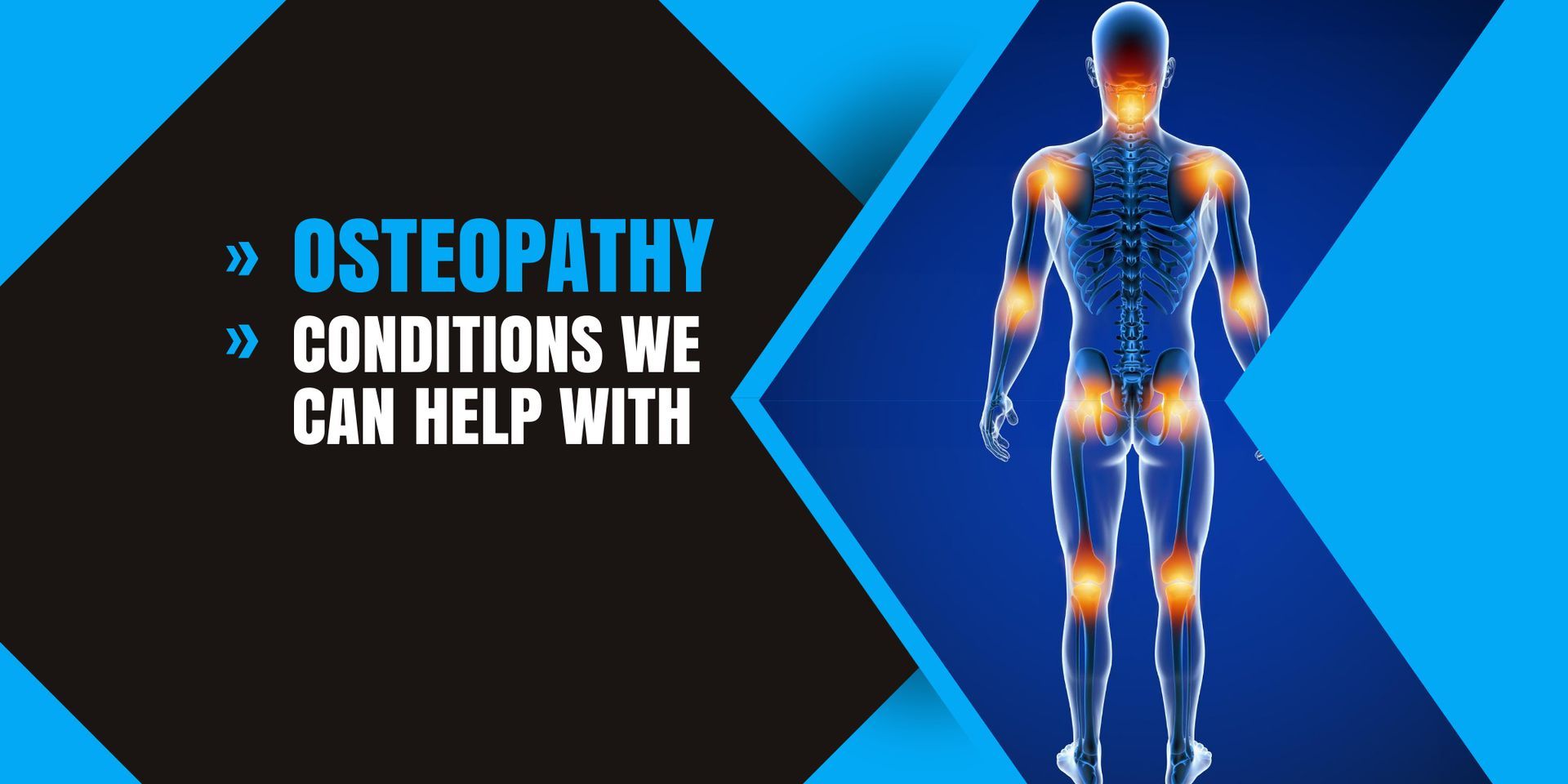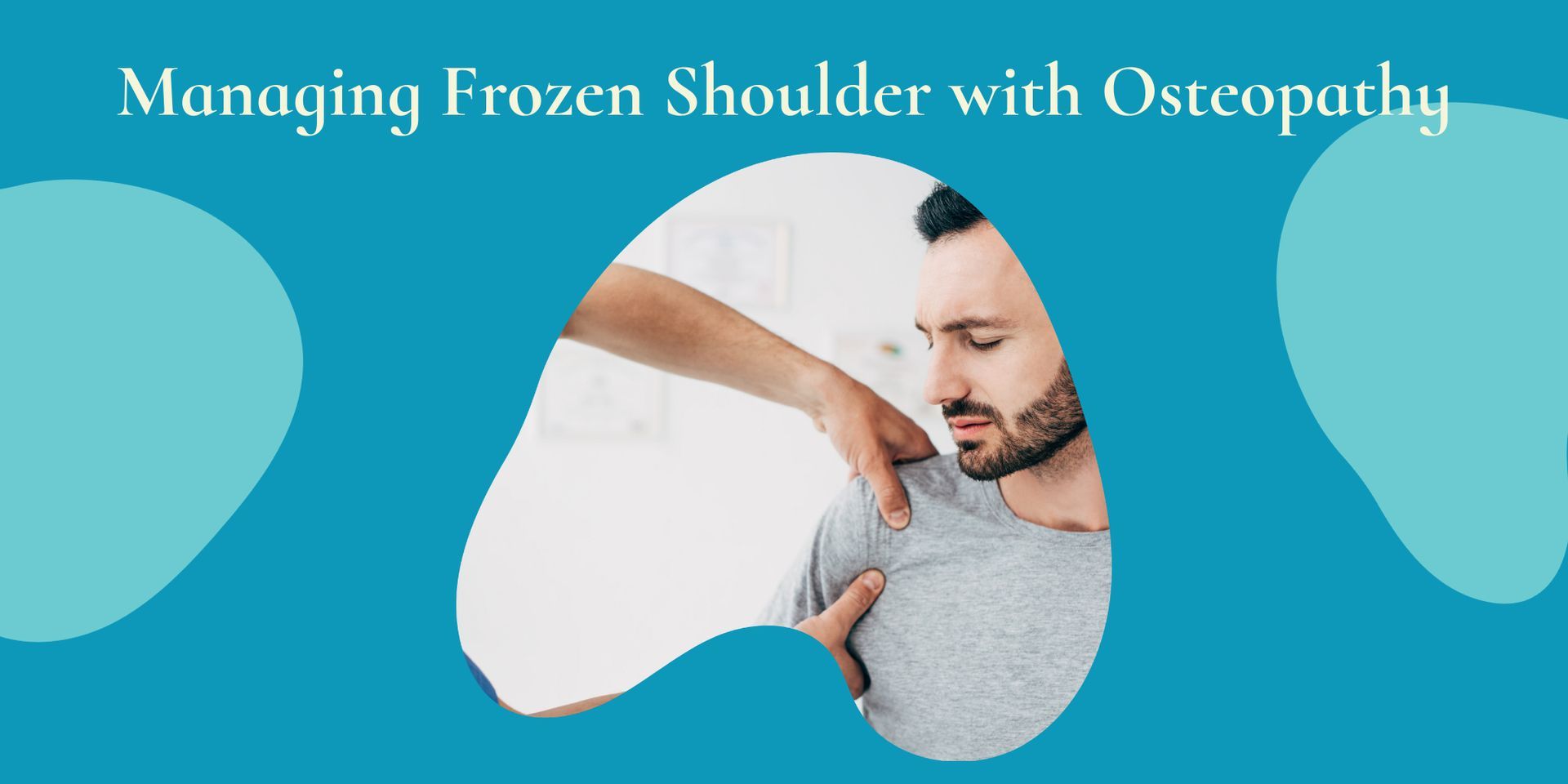What is the correct way of lifting a heavy object?
Don't put your back out - lift heavy objects the correct way...

Osteopaths commonly treat patients whose back ailments have stemmed from improper lifting whether as a one-off or over many years in their occupation. Learning the safest way of lifting or handling heavy objects is important to protecting a variety of muscles, not just the back, and could avoid injury and long-term pain.
The following safety tips will help you to limit the risk of injury when moving or picking up a heavy load and are recommended for all those involved in heavy-duty manual work on a frequent basis. The consequences of not following health and safety advice can be severe in terms of pain and quality of life so it’s always worth remembering that a few moments of consideration can reduce a lifetime of suffering.
- Preparation is key to heavy lifting work. Before embarking on a project to clear a garage or move heavy furniture in advance of a house move, take time to consider where you will be moving the items to, whether it’s a job that realistically requires more than one person and whether the path is clear of potential obstacles. When a load is particularly tall or wide ensure to identify a suitable area to rest the item mid-journey and to re-arrange your grip.
- The position of the load is important to limiting the damage on your spine. Keeping a lifted item close to your waist for as long as possible during the lift will protect back muscles. Ensure that the heaviest side of the load is closest to the body.
- Posture is also highly important and you should position yourself so that your feet are shoulder-width apart, with one leg slightly forward to keep balance. Suitable footwear is important to maintaining stable footing and you may need to move your feet around while lifting the object to maintain a solid base.
- Never stoop or fully squat at the start of the lift. The goal should be to keep your back straight at all times and bend your knees to move from ground to height level. Maintain a strong hold on the load by hugging it to keep it close to the body.
- Never twist and lift an object at the same time. If you need to turnaround move your feet rather than your body. Keep shoulders and hips level as much as possible with your head up.
- Health and safety specialists recommend tightening abdominal muscles during a lift to maintain a good position and to avoid placing excessive force on the spine. Legs are stronger than back muscles and can be a great aid when lifting heavy objects so use them.
- When lowering a heavy load, keep the back straight and lower your position to the ground via your knees. If you have to place the object into a specific position, arrange it when it is placed on the ground by sliding it into position.
We’ve all been in situations where we’ve needed to get a job done quickly and have put ourselves at risk of injury. The consequences of improper lifting can be quite debilitating and have a devastating impact on quality of life and no job or project is worth rushing if this is the possible outcome. When lifting is placing pressure on your back and you can feel physically feel some degree of strain, take a rain check and seek help.







